#catherine ii of russia
Photo
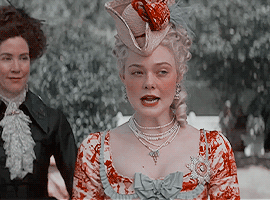
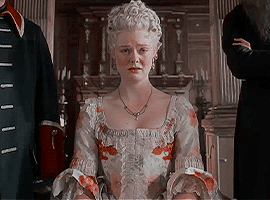


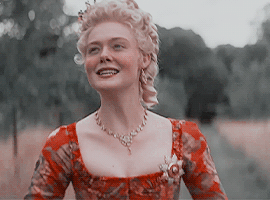


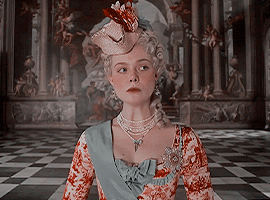
↳ catherine the great in ‘the great’ season 3 trailer (2023)
#catherine the great#catherine ii of russia#the great#the great season 3#russian history#house romanov#elle fanning#history#*thegreat#historyedit#my gifs#creations*
651 notes
·
View notes
Text
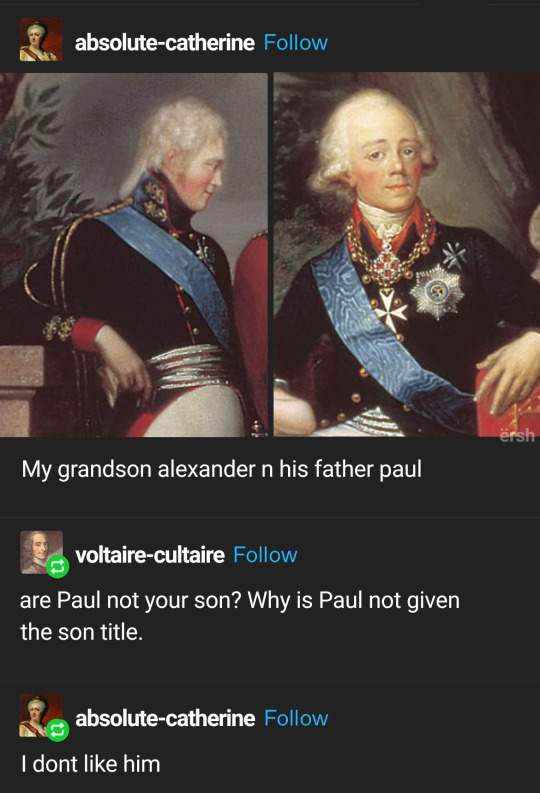
finally, some good quality content
#history#history memes#russian history#catherine the great#catherine ii#voltaire#paul i#alexander i#alexander i of russia#catherine ii of russia#history shitposting#historical figures#xix century#xix#alexander i.#ersh hist post
234 notes
·
View notes
Text

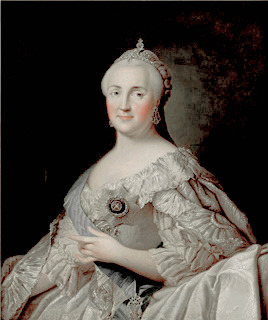
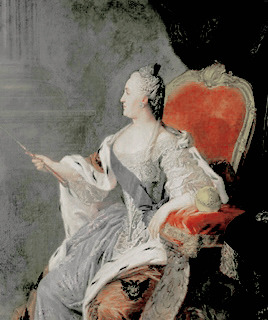


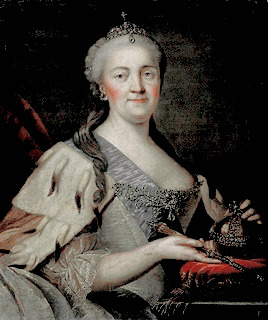
"Catherine II acted as a translator, essayist, writer and playwright, despite the fact that she was often criticized for her precarious Russian: after all, it was for her, an Austrian princess, a foreign language. She comes to power with the support of the army and through a coup d'état against her husband, killed a few days later, being proclaimed by various factions as "autocratic of all Russia". Catherine II was extraordinary in international relations. Expanded Russia, won wars and maintained her empire among the great powers. In addition, as a consequence of the Europeanization of the country and Catherine's active participation in Russian political and cultural life, the entire paradigm of roles traditionally reserved for women was changed: not only the Empress herself, but other women of the court stood out in the cultural sphere. In this way, Catherine Dachkova, in addition to leaving valuable memories, became the first woman in the world to occupy in St. Petersburg the post of director of the Academy of Sciences. Such a choice was given not only by the administrative ability of Dachkova, but also to assert about the intellectual capabilities of women. In 1764, the Smolny Institute for young ladies of the aristocracy opened in St. Petersburg - the first state educational institution in which women could participate, although only noble ones. When Catherine II dies, her son, Pavel, takes the throne, and in 1797 publishes a new law of succession, which again prohibits women to inherit the crown."
The Tsarinas - The Women who Made Russia | Vladimir Fedorovski
(Loose translation)
#catherine ii of russia#catherine the great#catherine ii#tsarina#Catherine the great 2015#facts#my edits#my own
54 notes
·
View notes
Text

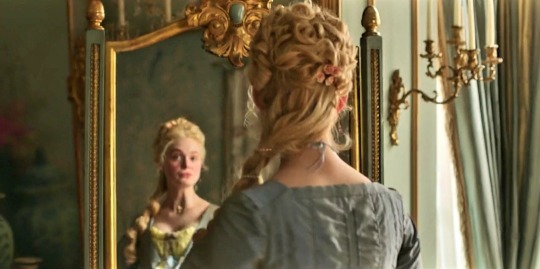

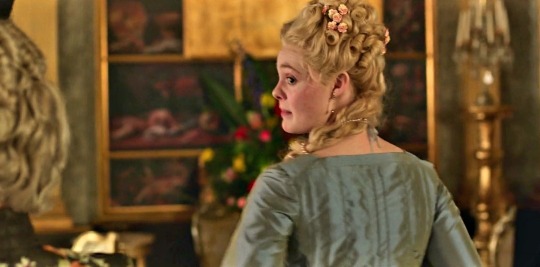



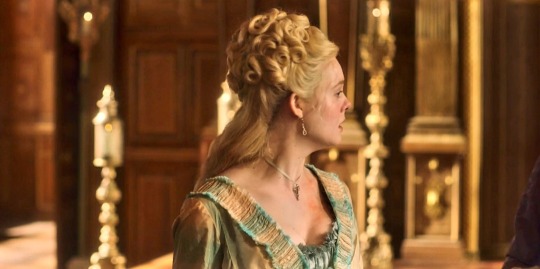
Catherine the Great hairstyles 🌸
#the great#catherine the great#elle fanning#perioddramaedit#the great hulu#the great tv#empress#costumedit#period drama#catherine x peter#catherine ii#catherine ii of russia#russian empress#hairstyle#hairporn#flowers#aesthetic#my edit
109 notes
·
View notes
Photo








1x11 / 1x12
“Catherine the Great”
#catherine the great 2015#catherinethegreatedit#ctgedit#tvedit#perioddramaedit#onlyperioddramas#catherine ii of russia#period drama#edits
84 notes
·
View notes
Text

watching tv doddles
#the great#Catherine II of Russia#catherine the great#sketch#doodle#sketchbook#art#drawing#graphite#elle fanning
3 notes
·
View notes
Text
anyway, Pope Francis is dumb as hell, he praises Russia's anti-Catholic, barbaric history.
russians: persecute catholics and destroy their country (e.g. after they invaded poland, they closed many roman catholic churches and turned them into orthodox churches, they did not allow people to build catholic churches, they persecuted priests, they hanged many priests who were against russian occupation, Tsarina Catherine personally forbade any contact with Rome, Nicholas I closed many monasteries, churches in poland (1832), he stole their property (1842), he sent many priests to forced labour, e.g. they sent many to Siberia for hard labor, + they especially hated and persecuted greek catholics/byzantine rite catholics)
Pope Francis: what a wonderful legacy 😍
.
.
.
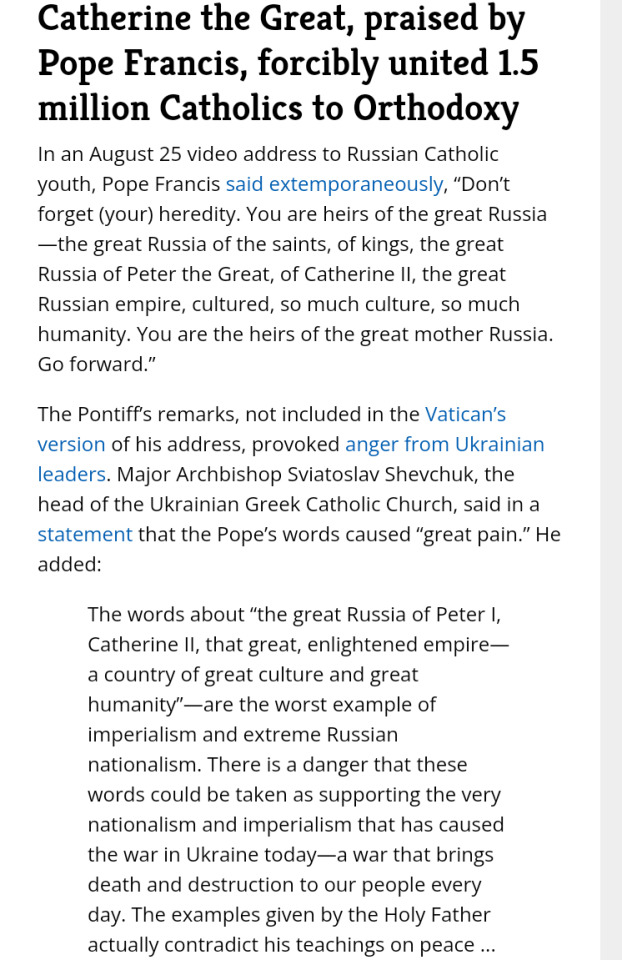
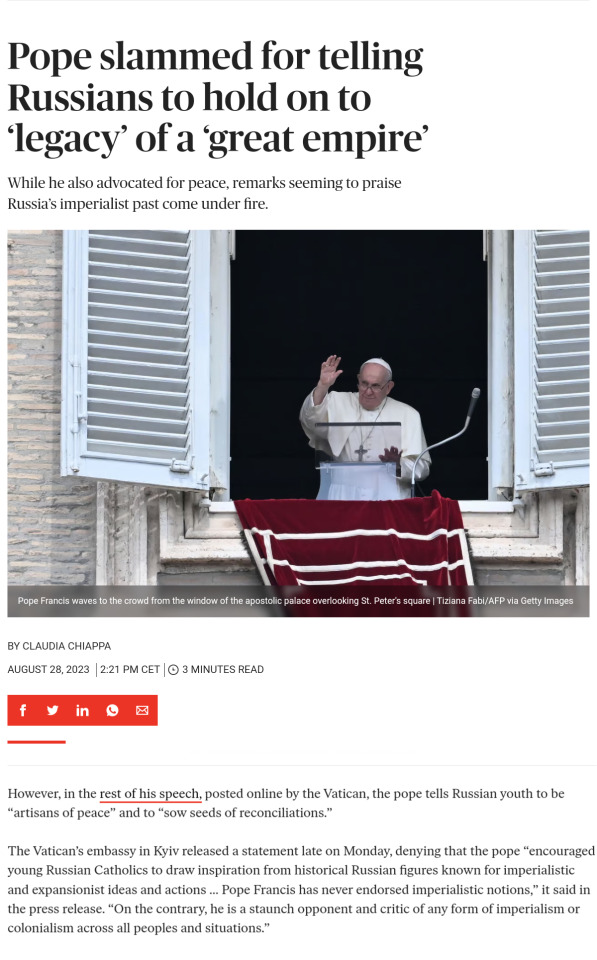
🤡...
#pope francis#anti imperialism#anti colonialism#christianity#roman catholic#politics#vatican#catholic#catholicism#poland#catherine the great#greek catholic#catherine ii#imperial russia#leftblr#roman catholicism#stand with ukraine#russian imperialism#russian war on ukraine#byzantine catholic
219 notes
·
View notes
Text
on the whole topic of Alexander being a “good christian boy” and no sex before marriage… this is another one of my problems with Catherine II because it was precisely for that reason that she married him off at such a young age. He was barely 15 and his fiancée was a year younger, and they hardly even knew each other before getting engaged. Even by the standards of the time (and especially for a male heir) this is a bit too early. But Catherine wanted her perfect grandson to be tied down as soon as possible for she feared he’d be tempted astray (that didn’t stop her however from sending her maid of honor to ‘teach him the ways of love’ as soon as he hit puberty, not to mention her own endless liaisons of which Sasha was a frequent witness).
This early marriage was apparently so traumatic some historians even sight it as the reason for his premature deafness (and possible impotence). One thing is sure — his early sexual experiences had a big impact on his psyche and set a precedent for his weird relationships with women later on
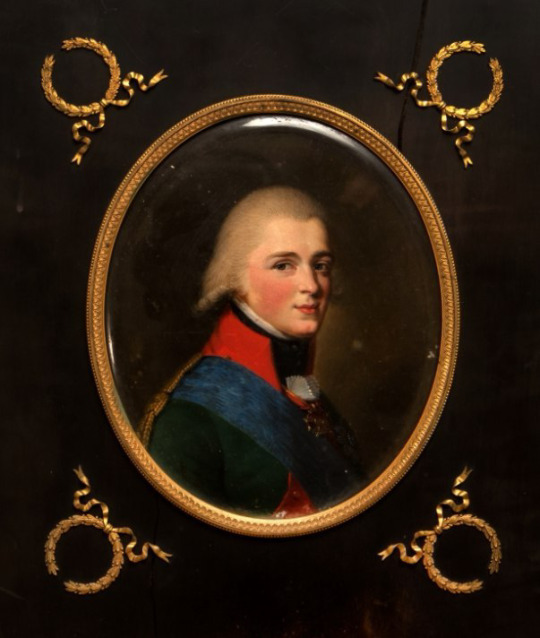

#the more I learn about his early life the worse I feel for him#RIP Alexander you would’ve loved therapy#tsar alexander i#alexander i of russia#catherine ii#catherine the great#louise of baden
74 notes
·
View notes
Text
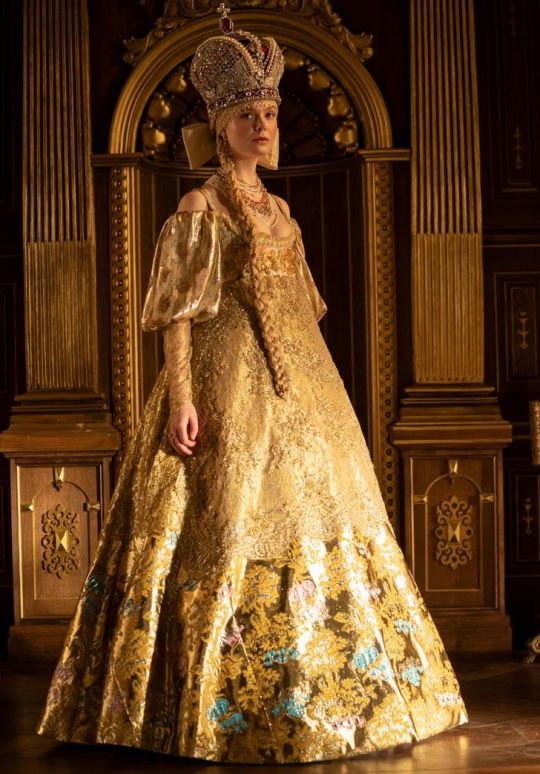

Period drama's dresses tournament: Golden-yellow dresses Round 2- Group B: Catherine II, The great (gifset) vs Edith Cushing, Crimson peak (gifset)
#period drama dresses tournament#tumblr tournament#tournament poll#polls#fashion poll#catherine of russia#catherine ii#catherine the great#the great#edith cushing#crimson peak#round 2
43 notes
·
View notes
Text
Finale
Put the champaigne on ice, everyone, we are at the final step of our journey! By this time next week, we will know who is the very best Romanov, as found out by the most scientific method you could possibly use - a tumblr poll. The winner (along with a winner of every bonus poll) will be announced in a big celebratory post that will be pinned as sign that this epic competition has finally come to an end. Consider this a reminder that this week is your final chance to participate in propaganda, antipropaganda and all the other shenenigans that come with holding a monarchical poll on tumblr. This blog may end up endorsing other polls (look forward especially for our favourite weirdo Alexander I. on the Napoleonic Sexymen Tournament), but this will be effectively the very end of its active service.
As mentioned in a previous post, the two final candidates for the Best Romanov aren't fighting just for the title, but for the very definition of the term. The thing is, you can theoretically see both of them as Best Romanov, just by completely different metrics. Are we going by moral criteria, at which point we must endorse the least autocratic ruler Russia had untill... Maybe Gorbachev? Look the point is, the bar is on the ground here, and Alexander II. stepped over it.
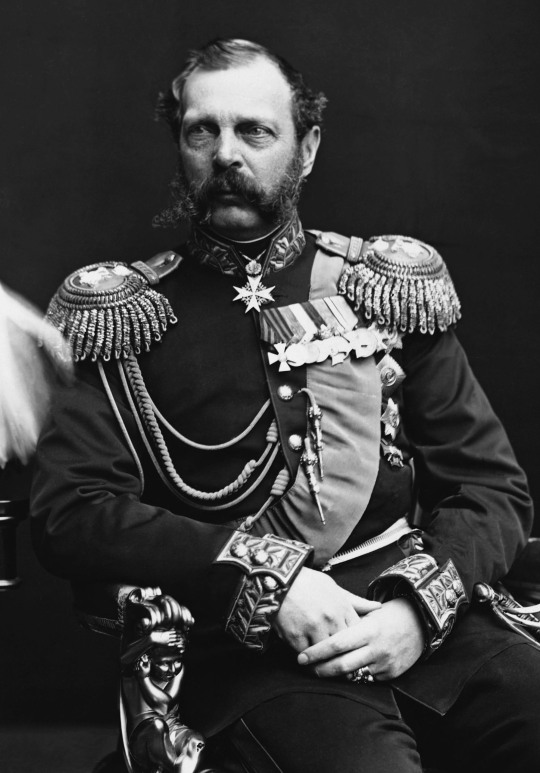
Or are we searching for a ruler that best embodied Romanov traditions of dynastic drama, autocracy, imperialism and very, very light reformism, while closing a book on the whole era of interdynastic shenenigans (Pavel I. and the dekabrists aside, because dynasty members didn't actually participate in those - at least in any capacity that we can prove) and being that quintesential Romanov creature - a toxic girlboss?

Both of these people are still well-regarded, for the most part (for a Russian monarch I mean). Both of them were incredibly sexy, as is the Romanov way. You could (and should, seriously, post propaganda, people!) make the case for both of them being deserving of the title. But there is only one crown of Monomakh and one throne (unless you're Ivan V. and Pyotr I., we guess). There can be only one victor.
So... Who *is* the best Romanov monarch, really?
11 notes
·
View notes
Text
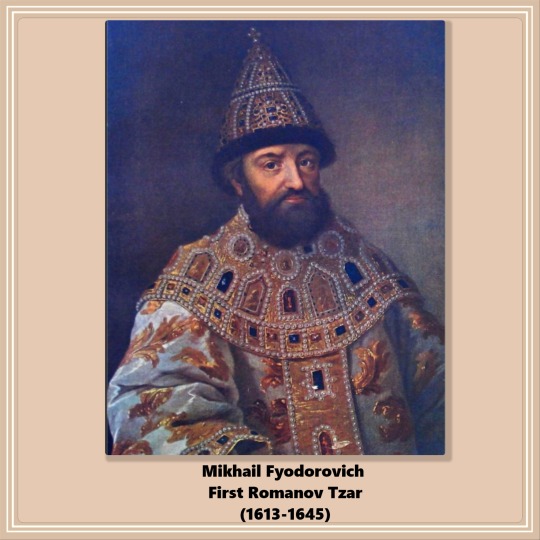






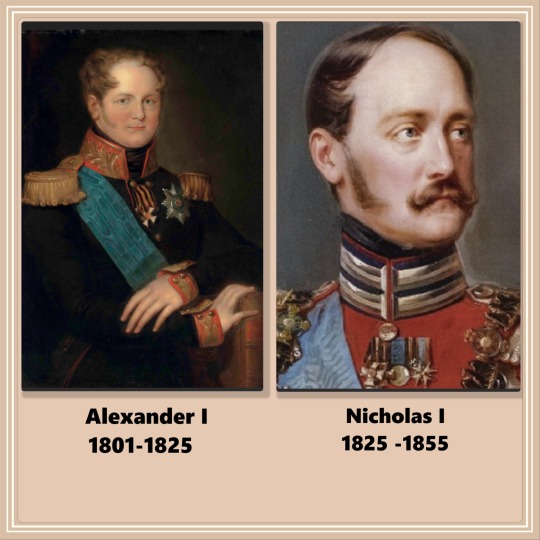

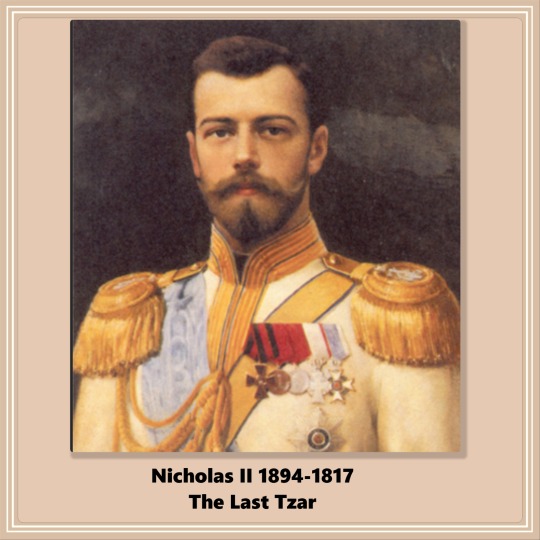
👑The Romanov Dynasty
The Grand Duchy of Moscow under Prince Ivan III was the first unified state on Russian territory. With him began the Rurikid Dynasty (the Rurikid had been around for a long time along hoards of tartars).
The Rurikid ruled from the 1400s until the 1600s. Ivan III can be considered the founder of Russia. While the Rurikid were in power, the Romanovs were boyars (nobles) in their courts. When the Ruriks became extinct, the Romanovs took over. The "Zemsky Sorbor" (a rudimentary parliament) elected Mikhail Feodorovich as the first Romanov Tzar.
The direct male line of the Romanovs ended with Elizabeth of Russia, who was childless. Her nephew Peter III, a member of the House of Holstein-Gottorp (a cadet branch of the German House of Oldenburg that reigned in Denmark), ascended to the throne and adopted his Romanov mother’s house name. Descendants after Elizabeth are sometimes referred to as "Holstein-Gottorp-Romanov."
The above is a gross oversimplification of a very complex course of events.
Highlights about each Romanov Tsar/Tsarina:
👑Mikhail Feodorovich (1613 - 1645): First Romanov Tsar
👑Alexei Mikhailovich (1645 - 1676): Encouraged trade and cooperation with Europe. Father of Peter the Great
👑Feodor III (1676 - 1682): Had very poor health and spent most of his reign in bed
👑Peter I and 👑 Ivan V (1689 - 1785): It was complicated. The two of them were Tsars under the regency of their older sister Sophia.
👑Peter I (1689-1725): Reformed Russia's politics, government, and culture. Made Russia a military power.
👑Catherine I (1725-1727): At the time of Peter the Great's death, the mechanism for succession consisted of the Tsar selecting his successor, but Peter did not elect one before dying. His wife became the Tsarina, but others governed through her.
👑Peter II (1727-1730): Peter's grandson; ascended the throne at 11 and died at 14. The "Privy Council" or "Soviet" ruled through him.
👑Anna Ioannovna (1730-1740): Daughter of Peter's half-brother Ivan. The Privy Council invited her to rule (wanting her to be a puppet), but she disbanded them and ruled herself successfully.
👑Ivan VI (1740-1741): One-year-old son of Ana's niece. She left the throne to him, expecting his mother to govern. Elizabeth, daughter of Peter the Great, deposed him (and his mother.)
👑Elizabeth Petrovna (1741-1761): Last Russian on the Russian throne; her twenty-year reign was successful.
👑Peter III (1761-1762): Grandson of Peter the Great and next in line for the throne after Elizabeth. Ruled for only half a year before being deposed by his wife, Catherine. He was murdered soon after the coup d’etat.
👑Catherine the Great (1762-1796): Her accomplishment went from the Empire’s territorial expansion to political development to the proliferation of sciences. However, the Empire had an enormous external debt by the end of her reign.
👑Paul I (1796-1801): Paul, the son of Catherine the Great and Peter III, became Emperor at 42 after the death of his mother. He started a lot of major military and political reforms. Paul was murdered in a coup d'etat. Paul decreed house laws for the Romanovs (the Pauline laws) – among the strictest in Europe – which established semi-Salic primogeniture and required Orthodox faith for the monarch and dynasts
👑Alexander I (1801-1825): During his reign, Russia defeated Napoleon's forces (which got as far as Moscow in their attempt to conquer Russia.) There was also great development in culture and arts.
👑Nicholas I (1825-1855): Paul I’s third son, younger brother of Alexander. Started railroad construction in Russia, boosting industrialization. Codified Russian laws and reformed finances.
👑Alexander II (1855-1881): His major reforms included the peasant emancipation of 1861, military reform, and the introduction of new types of self-governing village societies and more. Unfortunately, he fell victim to a terrorist after five attempts.
👑Alexander III (1881-1894): Russia didn’t enter any wars in his time. His domestic policy was conservative. He amended the Pauline laws. The economy flourished. But the revolution was brewing below the surface.
👑Nicholas II (1894-1917): His policies were unsuccessful. Established the first official Duma in 1905, but it was too little too late. With the advent of WWI, the Russian Empire ceased to exist. He abdicated. (gcl)
Sources:
Panov, A., Delaroche, P., & Abramuchkin, Y. (2021, July 31). The Complete List of Russian Tsars, Emperors, and Presidents. Russia Beyond. Retrieved June 20, 2023, from https://www.rbth.com/history/334065-complete-list-of-russian-tsars-emperors-rulers-presidents
#russian history#imperial russia#romanov dynasty#Nicholas II#Alexander III#Alexander II#Alexander I#Catherine I#Catherine II#Nicholas I#Paul III#Elizabeth Petrovna#Mikhail Feodorovich#Alexei Mikhailovich#Feodor III#Ivan VI#Peter I#Peter II#Peter III#Anna Ioannovna#Romanov Tsars#gcl
23 notes
·
View notes
Photo



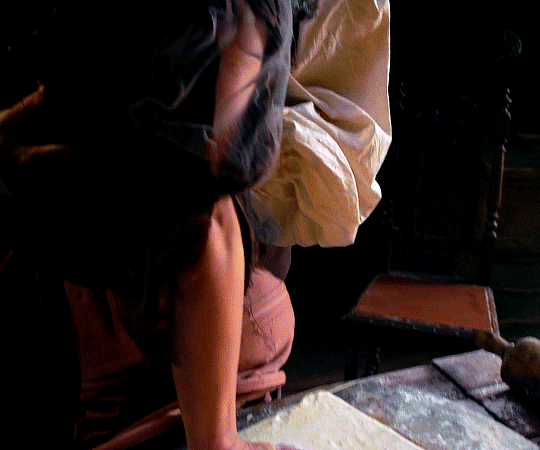

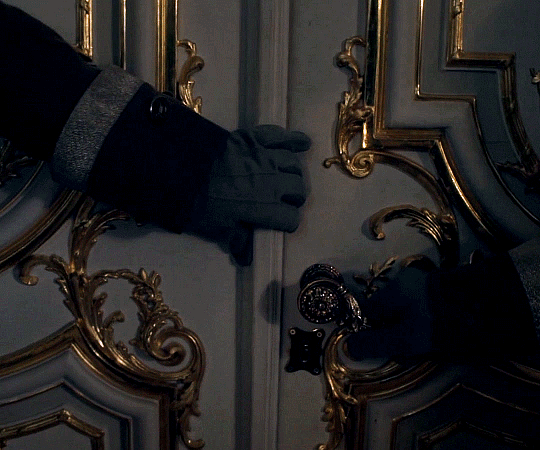

Казанова в России | Casanova in Russia (2022), 1x03
#Казанова в России#Casanova in Russia#Kazanova v Rossii#Russian cinema#Russian TV#period drama#Giacomo Casanova#Grigory Orlov#Catherine II#Catherine the Great#Anna Protasova#Artyom Tkachenko#Ivan Bosiljčić#Ivan Bosiljcic#Mariya Skuratova#Артем Ткаченко#Мария Скуратова#perioddramaedit#periodedits#russianperioddrama#Казанова в России 1x03#my gifs
57 notes
·
View notes
Text
I’m sorry but I can’t stop laughing at how when Paul was murdered, Alexander said in his Manifesto of Accession that he would govern the people “after the laws and heart of my grandmother, Catherine the Great” completely bypassing the guy that just died. He really hated him huh
#Paul#Paul I#Alexander I#tsar Alexander#tsar Paul#Catherine ii#napoleonic era#napoleonic#history#Russia
22 notes
·
View notes
Text



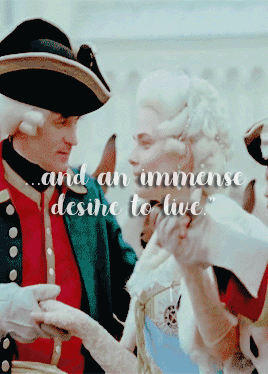
"What would be the secret of this exceptional woman? Blind self-confidence, unshakable courage? Her temperament? From a legendary joy, she counted on enormous vigor and an immense desire to live. Her nature was complex; on one hand, the autocrat made and broke alliances, raised the moral of her generals, rebuked Kings, watched the west of the continent with an eagle eye, accumulated works of art, worried about the eventual dilapidation of her legacy. On the other, the eternal passionate, which history has tended a little too much to present as unworthy; good and selfish, gentle and peremptory, loving her children and telling, in maturity, the jokes of her grandchildren. Only being all this at the same time to endure such a fate."
The Tsarinas - The Women who Made Russia | Vladimir Fedorovski.
(Loose translation)
#catherine the great#catherine ii of russia#empress catherine the great#more romanovs#tsarina#facts#my own#my edits#catherine the great 2015#romanovs#russian history#russian empire#tsarina catherine ii#empress catherine ii
33 notes
·
View notes
Text

Imperial Crown of Russia or the Great Imperial Crown is one of the most outstanding examples of ‘regalia.’
Regalia is referred to as the emblems or insignia of royalty that survived through history.
It is a precious cultural heritage treasure — a well-documented and well-dated piece of jewellery.
Regalia jewellery pieces offer historians great insight into the gemstones used, their historical market values, and occurrences.
It also helps gemologists and jewellers to know how the gems were named and set on the piece of jewellery.
While royal crowns were usually made for individual rulers and later broken up, some of this royal regalia could be found in museums today.
Here are some interesting facts about one such royal artifact, the great Imperial Crown of Russia.
The Great Imperial Crown was made for Catherine the Great’s coronation, as the Russian Empress in 1762 AD, by Georg Friedrich Eckart and Jérémie Pauzié.
It is set with 4936 diamonds with a total weight of 2858 ct, 75 natural pearls, and a large 398.72 ct red spinel, historically known as “balas ruby,” which is among the largest ever reported in the literature, most probably from Badakhshan (today’s Tajikistan).
Imperial Crown of Russia was first worn by the Russian empress Catherine, followed by the subsequent seven emperors of her dynasty.
This royal regalia has remained a permanent fixture on the royal head.
This priceless artifact has been passed on to eight members of the Romanov family:
Catherine II, Peter III, Paul I, Alexander I, Nikolai I, Alexander II, Alexander III, and Nikolai II.
The Romanov dynasty survived till 1917, yet the crown publically appeared for the last time in 1906 at the opening ceremony of the first State Duma.
The crown was estimated to be worth $52 million in 1920.
The stones that the royal regalia comprises were sold off by the Bolsheviks and replaced in 1985.
Later in 1998, the crown was moved to the fund of Kremlin’s Diamond. Subsequently, it was declared to be priceless in a literal sense.
📷 : A modern replica version of the Imperial Crown was made in 2012 by Kristall-Smolensk, as part of the Jewellery project "Creation of Imperial Crown of Russia in Modern Interpretation" to celebrate the 400 years of the Romanov Dynasty and the 250 years of the Imperial Crown, as well as the 50th anniversary of the diamond industry in Russia.
Using white gold (original used silver) and 11,426 russian diamonds (original crown had 4,936 diamonds) from Alrosa with a total weight of 1180 ct, including 74 cultured pearls and a 384.71ct pear-shaped double rose cut purple tourmaline on top of the crown.
The spinel in the replica was replaced with a unique natural red tourmaline with a mass of about 400 karats.
#Imperial Crown of Russia#Great Imperial Crown#regalia#royalty#jewellery#gemstones#royal crowns#royal artifact#Catherine the Great#Georg Friedrich Eckart#Jérémie Pauzié#diamonds#pearls#red spinel#balas ruby#Catherine II#Peter III#Paul I#Alexander I#Nikolai I#Alexander II#Alexander III#Nikolai II#Romanov dynasty#Kristall-Smolensk#State Duma#Imperial Crown#diamond industry
6 notes
·
View notes